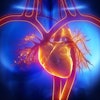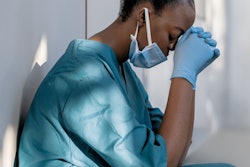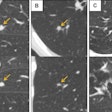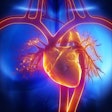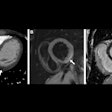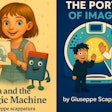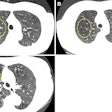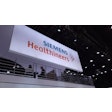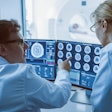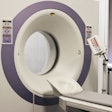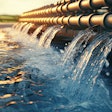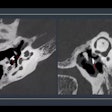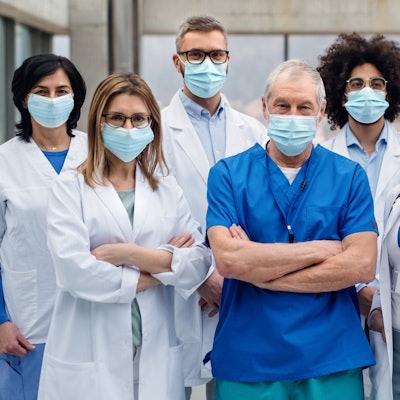
Radiographers and radiation therapists have experienced shortages of personal protective equipment (PPE) and significant increases in stress and anxiety due to the COVID-19 pandemic, according to a new survey of Australian radiology staff.
The pandemic caused work hours for diagnostic radiographers in the private sector to be cut by more than half, while work hours for those at public facilities were barely affected. What's more, many radiology staff feel underappreciated compared with other clinical staff caring for patients.
The study, led by Madeleine Shanahan, PhD, of the University of Canberra and published February 15 in the Journal of Radiation Medical Sciences, analyzed 218 responses to a cross-sectional online survey conducted between June and July 2020.
The questionnaire consisted of four key sections: participant demographics, the impact of the pandemic on professional practice and workload, infection prevention and control, and COVID-19-related stress. The majority of respondents (81.2%) were diagnostic radiographers.
Among the key findings were the following:
- 56% of diagnostic radiographers employed in the private health sector reported their working hours decreased during COVID-19 pandemic, compared with 4% of their colleagues employed in the public sector.
- 27.7% of diagnostic radiographers expected their personal radiation dose to increase due to changed workload, work hours, or protocols during COVID-19.
- The majority of diagnostic radiographers reported most pressure in their facility due to COVID-19 on mobile radiography (80.1%), CT (71.2%), and general radiography (54.9%).
- Physical distancing within the workplace was problematic, as the majority of respondents strongly disagreed (19.6%) or disagreed (39.7%) that these requirements are easily met in the workplace.
- Over half of respondents reported that they are experiencing increased personal stress (61.4%) and anxiety (58.2%) at work due to COVID-19.
Previous studies have described a working environment characterized by major changes in work practices for Australian radiographers and radiation therapists due to COVID-19, which is likely to have contributed to the perceived general increase in workplace-related stress reported in this study.
"We are the forgotten front line," one respondent commented. "All anyone can talk about is the nurses and doctors and how hard it is for them... We however will see every single [COVID-19] patient multiple times throughout their stay -- from when they first come in, if they go to [the intensive care unit], the ward etc. ... I think that is the thing that has upset me the most during all of this. The lack of acknowledgment that my profession exists."
PPE was in short supply at the start of the pandemic, and at the time of the study, shortages were identified for all PPE items. The authors also found no difference in PPE supply reported by diagnostic radiographers and radiation therapists except for hand sanitizer.
However, diagnostic radiographers and radiation therapists are ranked as high-risk of contracting COVID-19 due to the physical proximity to patients required to perform their work. The increased use of chest radiography and chest CT during the COVID-19 pandemic has been recognized.
In addition, increased use of mobile equipment is recommended to reduce transmission risk.
"Radiographers and radiation therapists are key patient-facing health practitioners supporting the delivery of optimal patient care during the COVID-19 pandemic," the authors wrote. "Workplaces should seek to mitigate the pandemic impact through the provision of adequate PPE for safe practice as well as implement strategies to support and enhance staff well-being."
The Australian study is part of a larger research project launched by the British Institute of Radiology last year to obtain a more global perspective of the clinical radiography workforce in relation to the COVID-19 pandemic.


